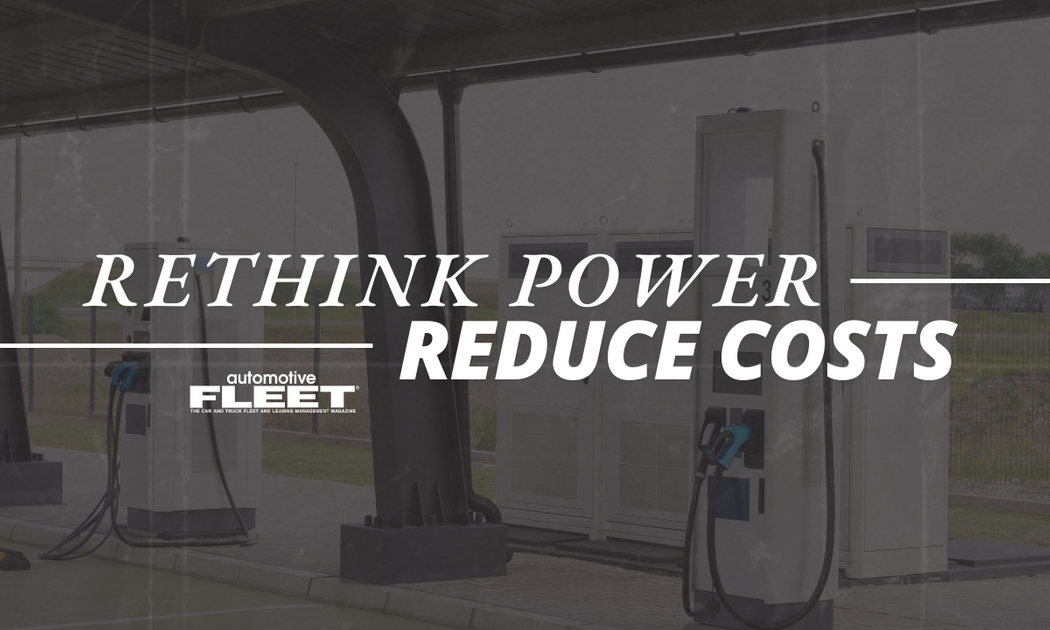Only some trucks will use their full battery every day, and in a typical depot scenario, most trucks will have well more than 10 hours to charge.
If you’re looking to electrify your fleet, you’ve probably heard of the challenge of getting utilities to build out the grid fast enough to meet your needs.
While there are legitimate reasons for the delay, the least of which is increased demand from electric passenger vehicles, heat pumps, and regional data centers, it may be that you and/or the utility are overestimating how much power you actually need.
Here’s one simple trick that might help you (and your utility) calculate the correct power demand.
The Power Calculation Mistake
Too often, utilities (and fleet managers) start by calculating power in megawatts (MW) rather than calculating energy in megawatt hours (MWh). This simple recalculation makes a world of difference in demand projection.
In many cases, when planning to electrify a depot, they multiply the charge power capability of all trucks at the depot by the number of trucks. So, a depot with 30 trucks, each capable of 50 kW of charging, would require 30*50=1500 kW, or 1.5 MW, of additional power.
While this methodology is simple on the surface, it fails to consider the amount of electricity the trucks use daily and the amount of time available to refuel or recharge them.
Rethinking Power Needs for Electrified Fleets
The reality, as we know, is more complex. The energy used on an electric truck is measured in kilowatt-hours (kWh). Only some trucks will use their full battery every day, and in a typical depot scenario, most trucks will have well more than 10 hours to charge. The fleet manager knows the route of each vehicle, the miles driven per day (and corresponding battery drawdown), and the number of hours each vehicle will be parked.
Using the example above, if each of those 30 trucks drove an average of 80 miles, they would drive 2,400 miles daily and consume about 3,000 kWh of electricity.
Overnight, the depot would have to provide 3,000 kWh of electricity to recharge the trucks so they could go out for another 2,400 miles the next day. But because charging can occur over 10 hours while the trucks are parked, the depot only needs to provide 300 kW of power for those 10 hours — not 1.5 MW!
That’s an 80% reduction in the facility power requirement — which could be reduced further if those trucks could share that power feed with other electrical equipment that operates when the trucks are out en route.
When we no longer think in absolute terms, we quickly realize that depot-based fleet vehicles can share the power service that the utility delivers to the depot (with other vehicles and often with other non-vehicle power loads) and accommodate slower charging speeds. These two factors reduce costs significantly.
One of our customers was initially told by their utility that it would be a 3-year build-out to power a depot with 24 electric step vans. When the customer shared the actual use plan, which included the planned electricity usage and the hours when the trucks would be plugged in, the 3-year forecast was reduced to 3 months.
The Cost-Cutting Power of Extended Dwell Time
The key to effective utility/grid planning is for the fleet manager and the utility to understand “dwell time” — the amount of time a vehicle charges. Initially, the vehicle operator and the utility may want the dwell time to be as short as possible. The fleet owner wants assets in revenue-generating service, and the utility wants greater investment and revenue from higher power service.
This thinking has contributed to a nearly decade-long backlog of charging stations in California.
Fleet managers and utilities should reframe their project plans and forecasts based on MWh, not MW. When a fleet manager realizes that lengthening the dwell time can dramatically reduce their charging costs (and thus reduce a vehicle’s total cost of ownership), they will jump at the chance without negatively impacting operations or service time.
This will reduce fleet costs and the amount of power needed to be delivered by utilities, which could accelerate the adoption of electric vehicles.


